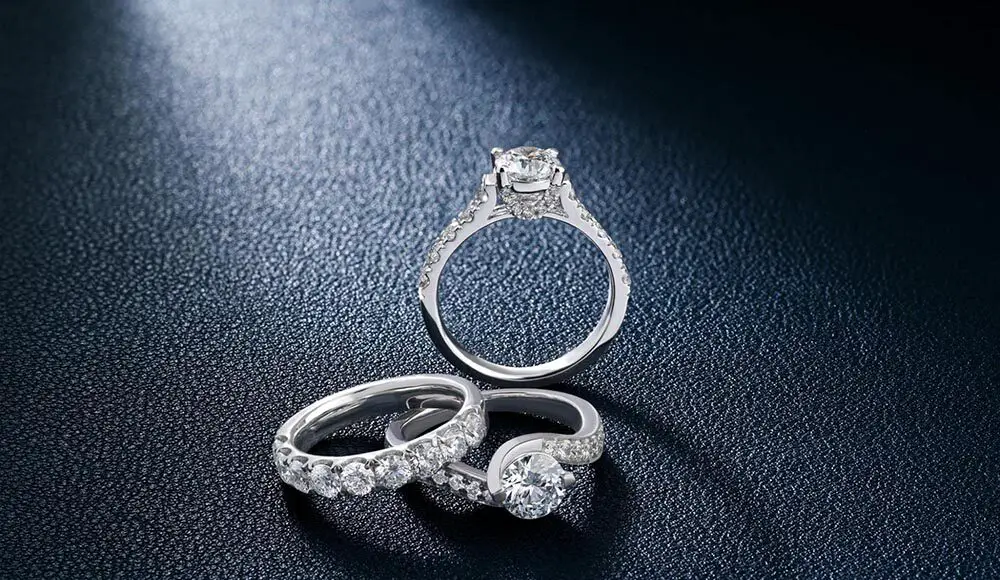Introduction
The allure of diamonds has long captivated human imagination, often considered symbols of love, commitment, and status. Traditionally, mined diamonds have been viewed as rare and precious stones. However, the advent of lab-grown diamonds has sparked a debate about the actual rarity of mined diamonds are not rare. This article delves into the nuances of both mined and lab diamonds, challenging the notion of rarity associated with natural diamonds.
Understanding Diamond Rarity
Mined diamonds are formed over millions of years deep within the Earth’s mantle under extreme heat and pressure. While their formation is indeed a natural process, the perception of rarity has been shaped by various factors, including market control and marketing strategies. The De Beers Group historically monopolized the diamond market, leading to a narrative that diamonds are scarce and thus valuable. However, studies and industry insights reveal that the supply of mined diamonds is more significant than previously understood.
The Truth About Mined Diamonds
Natural diamonds are not as rare as the market suggests. Geologically, they are found in various regions around the world, including Russia, Botswana, Canada, and Australia. With advancements in mining technology, extracting diamonds has become more efficient, leading to an increased supply.
The perception of rarity has often been a result of market manipulation. By controlling the supply, companies have maintained higher prices for mined diamonds. As a result, the value assigned to these stones does not necessarily reflect their actual rarity. Additionally, lab-grown diamonds have emerged as a viable alternative, manufactured under controlled conditions using technology that mimics the natural formation process. These diamonds share the same physical and chemical properties as mined diamonds, and their production is less dependent on the geological processes that create natural diamonds.
The Rise of Lab-Grown Diamonds
Lab-grown diamonds have gained popularity for several reasons. Many consumers are becoming increasingly conscious of the ethical implications of diamond mining, which can lead to environmental degradation and human rights violations. Lab-grown diamonds offer a more ethical choice without sacrificing quality.
Furthermore, lab diamonds are generally less expensive than mined diamonds, often priced 20-40% lower. This price difference makes them more accessible to a broader audience, particularly younger consumers looking for sustainable options. In addition, lab-grown diamonds can be tailored in terms of size, shape, and clarity, allowing consumers to choose the perfect stone that meets their specifications.
Consumer Perceptions
Despite the growing popularity of lab-grown diamonds, many consumers still associate mined diamonds with luxury and authenticity. However, the perception is changing, especially among millennials and Gen Z, who prioritize ethical sourcing and sustainability over traditional notions of luxury. The willingness to embrace lab-grown diamonds reflects a broader shift in consumer values toward transparency and responsible consumption.
Conclusion
The belief that mined diamonds are rare is increasingly being challenged by the emergence of lab-grown diamonds and a better understanding of the diamond market. While natural diamonds have their unique appeal, lab diamonds provide a compelling alternative that aligns with modern values of ethics, affordability, and customization. As consumer preferences continue to evolve, the diamond industry may need to reconsider its narrative on rarity and value.
